LEDs are the standard in most newer lighting applications for several reasons. The lighting is eco-friendly and efficient, but myths still persist about the technology. Want to know if the LED myths are true? Here’s an in-depth look at four of the most common ones.
Four LED Myths Explained
Let’s see if these four LED myths are true or false.
Myth 1 – LEDs are Too Expensive
LED bulbs or lamps are coming down in price, especially as technology advances. The lamps are around a few dollars apiece and but outlast the other types of lighting products. If you are putting off transitioning to LEDs due to expense. Take a look at the benefits.
Details
- LEDs (Light Emitting Diode) are the most energy-efficient lighting products currently on the market.
- Light pollution is reduced since LEDs emit light in a specific direction instead of spreading it out across an area.
- LEDs waste up to 90% less energy compared to incandescent bulbs.
- An LEDs lifespan is significantly longer than other lamps reducing your replacement and maintenance costs.
Debunking the Myth
You can reduce the costs associated with LEDs by taking advantage of various rebates. Utility companies, along with state and federal agencies often offer financial incentives to switch to energy-efficient LEDs. You can also find rebates on fixtures.
Did you know we have an entire section on our website dedicated to comparing different types of lighting to LEDs? In Lighting and LED Products you will find interactive pages dedicated to comparing different lighting applications as well as LED comparisons.
Myth 2 – All LEDs are The Same
As LED lighting has becomes more common, it’s easy to presume the lamps are all the same. Consumers mistakenly believe only price matters and grab the cheapest LED products they find on the shelves. Remember, upgrading to LED lighting is an investment. When you want the highest financial return the type of LED product matters.
Details
Commercial and residential LEDs have different designs to support the various applications. The heat sinks, drivers, and other internal components differ, along with the brightness and color temperature. While all LEDs are energy-efficient, some are more so than others. Look for LED lamps marked with the DLC or Energy Star logos.
Debunking the Myth
All LEDs are not the same. For example, you don’t want to use a commercial-grade lamp at home. A residential LED also isn’t able to adequately illuminate a large commercial space. You also want to choose energy-rated LED products to further reduce electrical usage and to ensure you are buying a quality product. When in doubt about which LED to buy, talk to a professional lighting specialist.
Action Services Group offers a fully turn-key LED replacement solution. Our lighting specialists can walk you through the entire process from assisting in product purchasing, rebates and incentives, installation, and project management. You can schedule a call that fits your needs by clicking the button below.
Myth 3 – LED Bulbs Never Need Replacing
Some consumers believe LEDs never need replacing. The lamps will last for years, but not for a lifetime.
Details
LED lights will not suddenly stop working unless an internal component fails. Otherwise, the light gradually dims before becoming too faint for use. LEDs do last longer than other types of bulbs. You get more than 25,000 – 50,000 hours of use with LEDs. It’s more than 20 times longer than with incandescent fixtures.
Debunking the Myth
Even though LEDs do not last forever, you can take steps to prolong their life. Sometimes, increasing it over the standard 25,000 – 50,000 hours.
- LEDs function best at lower temperatures. Always use the lamps in open fixtures and keep out of areas where the temperature tends to rise.
- Investing in LED dimmers not only prolongs the lamp’s life but also reduces your energy costs.
- Always use the right LED product for the application. When in doubt, ask a lighting specialist.
- Before transitioning to LEDs, have a lighting assessment performed by a professional. It will highlight areas where you can have additional savings and ensure your lamps last.
Using the right products, being mindful of the surrounding environment, and taking advantage of innovative features will make it seem like your LEDs are lasting for a lifetime.
Myth 4 – LEDs are The Same as CFLs
Before LEDs, compact fluorescent lamps (CFLs) were replacing inefficient incandescent bulbs. CFLs do reduce energy usage costs, but they also have several characteristics consumers don’t love.
Details
Here’s a look at how LEDs differ from CFLs.
- Unlike CFLs that only produce white light, LEDs come in different color temperatures. You can easily have a warmer light, similar to what incandescent bulbs produce, or one that’s cooler and brighter.
- CFLs contain small amounts of mercury, while LEDs do not contain hazardous materials.
- LEDs are temperature sensitive when it comes to energy waste and usage, but it doesn’t affect how quickly the bulb warms up. CFLs are sensitive to cold weather and can take a while to fully turn on.
- CFLs burn out quickly and it’s a reason why consumers resisted switching to energy-efficient bulbs. In comparison, LEDs last longer than other types of bulbs.
Debunking the Myth
Newer LED lighting products share none of the problems associated with CFL lighting. You get an energy-efficient lamp that lasts longer than other lighting solutions. LEDs are also available in various color temperatures, making it easy to create the atmosphere you want in your space.
For those wanting to compare their current bulbs/lamps to LEDs we have an entire series dedicated to just that. In our series LED vs. Other Lamps you will find comparisons for all of the other major lighting products.
Contact Action Services Group Today!
Don’t let LED myths stop you from upgrading your outdated lighting. LEDs are an energy-efficient solution to your lighting needs. You can choose from various color temperatures and stop worrying about frequent maintenance.
Contact us for more information on which LED lighting products are best suited for your application, and to learn more about lighting comparisons. Contact Action Services Group today by calling 610-558-9773, or email us at [email protected].

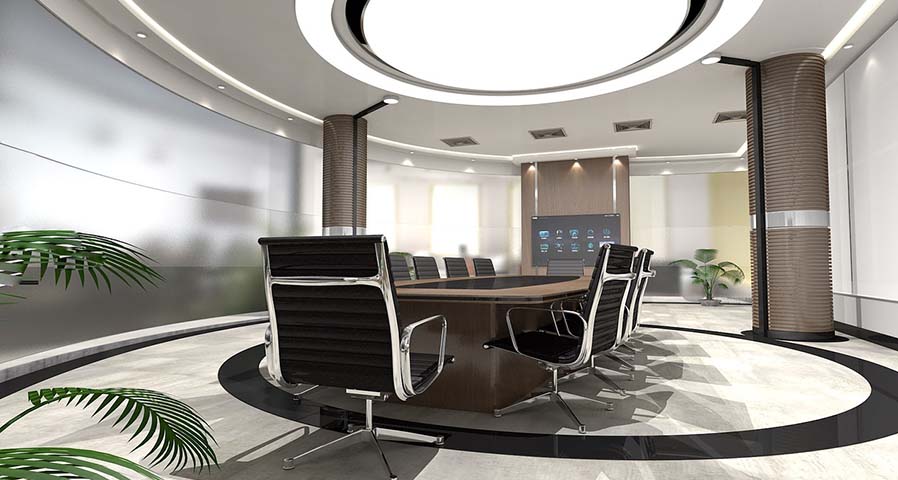
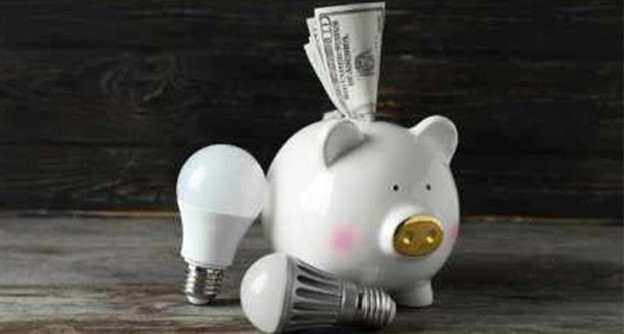
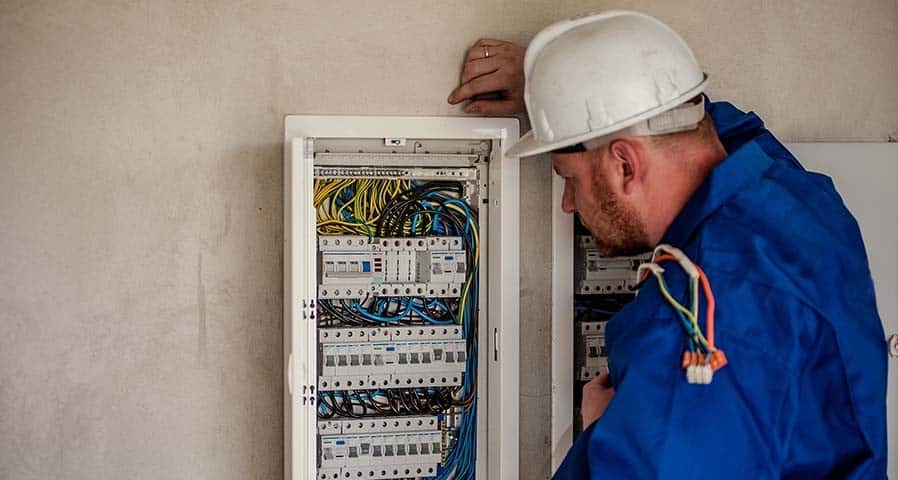
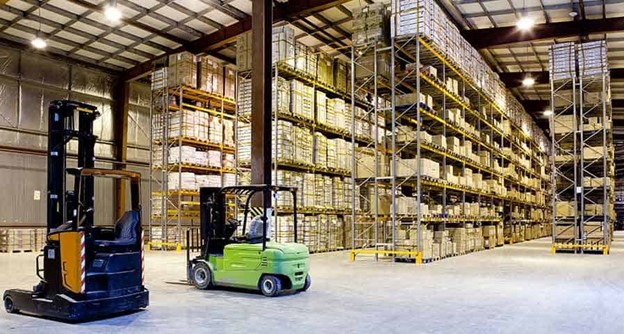
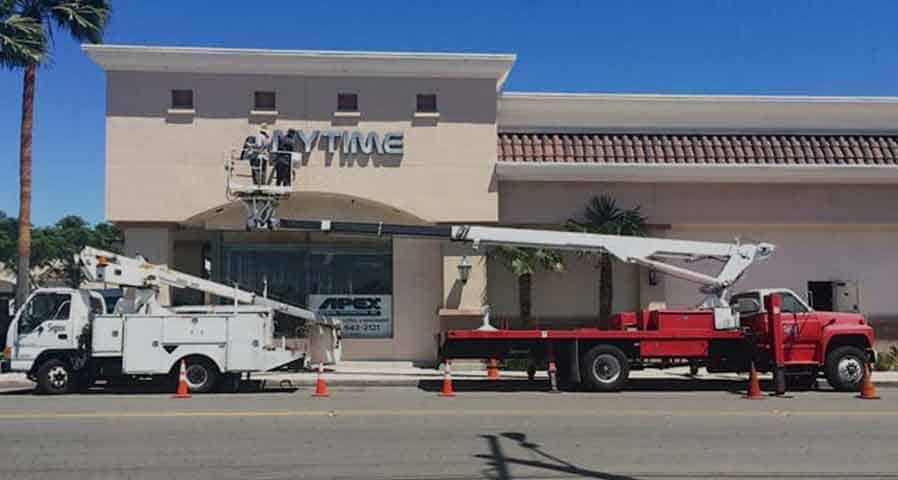

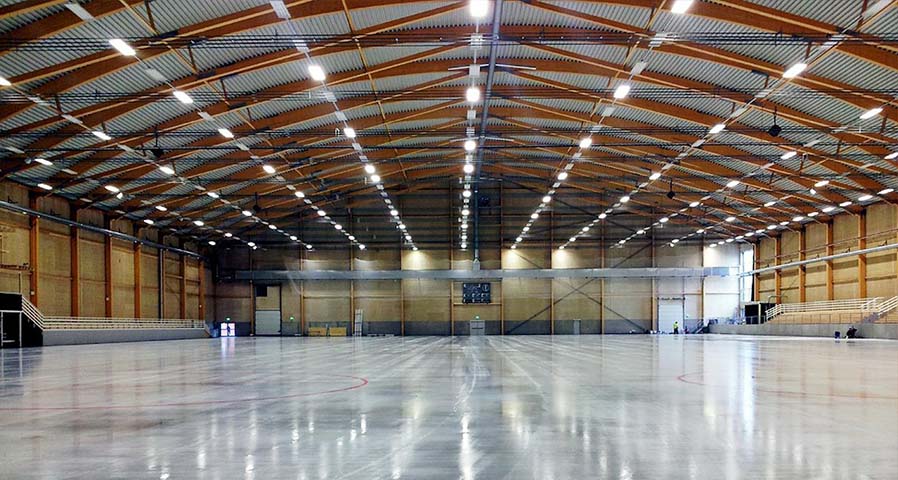
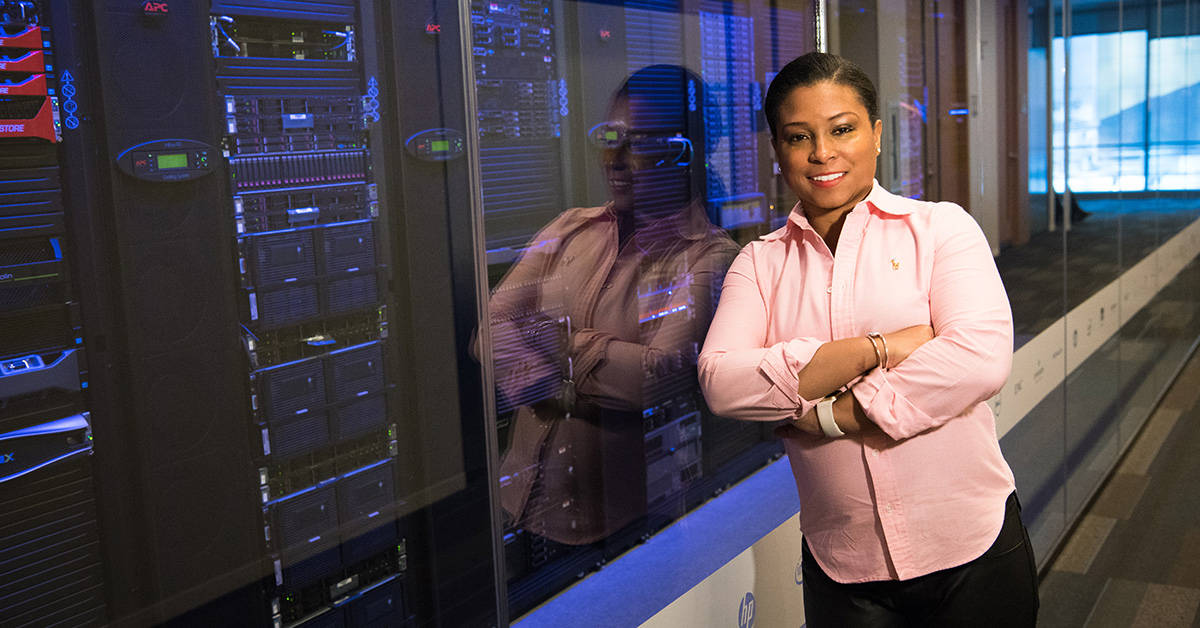





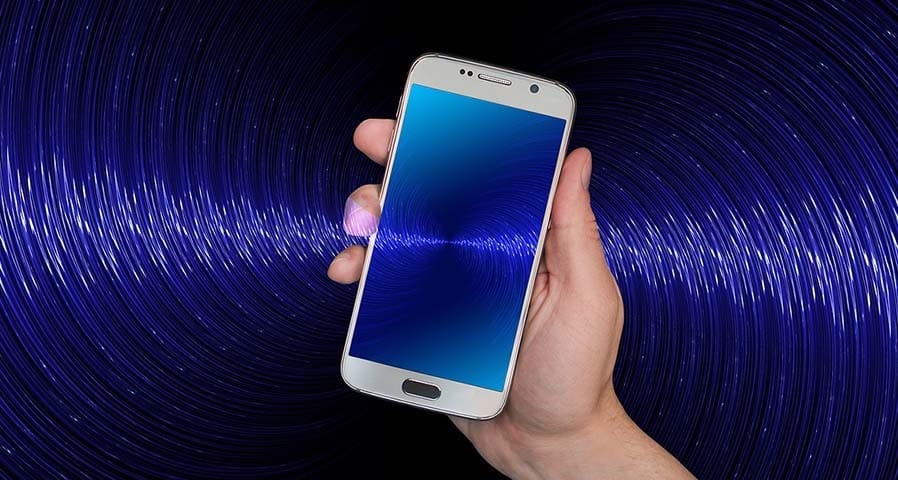
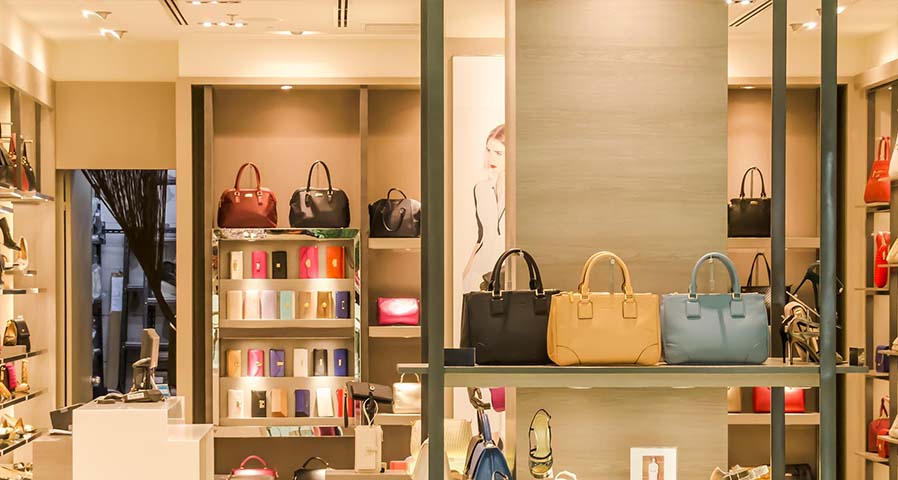
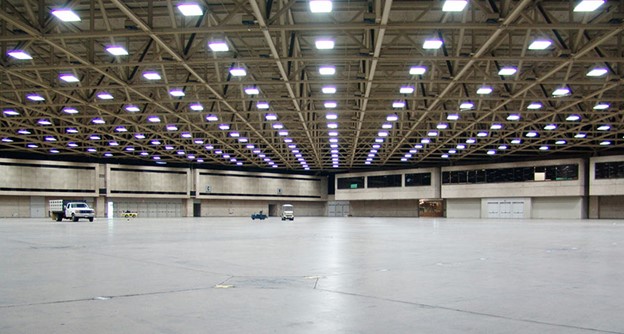
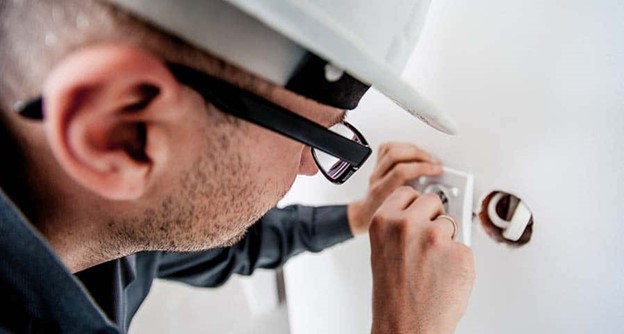
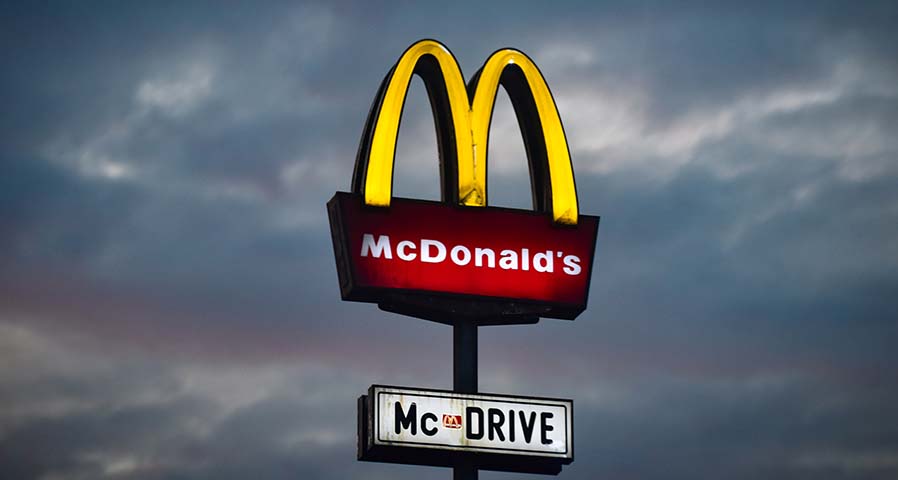
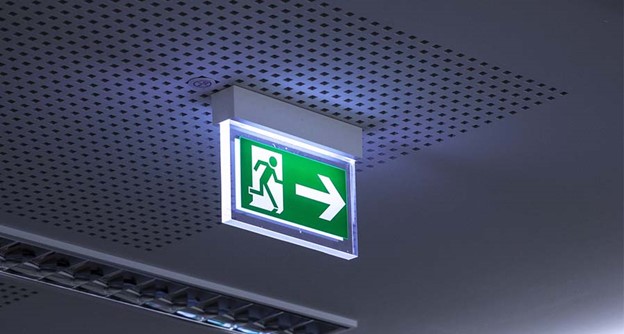
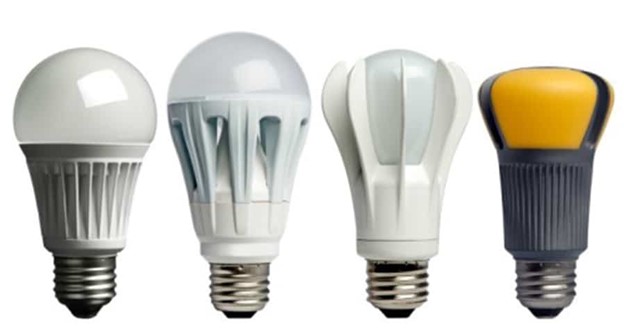
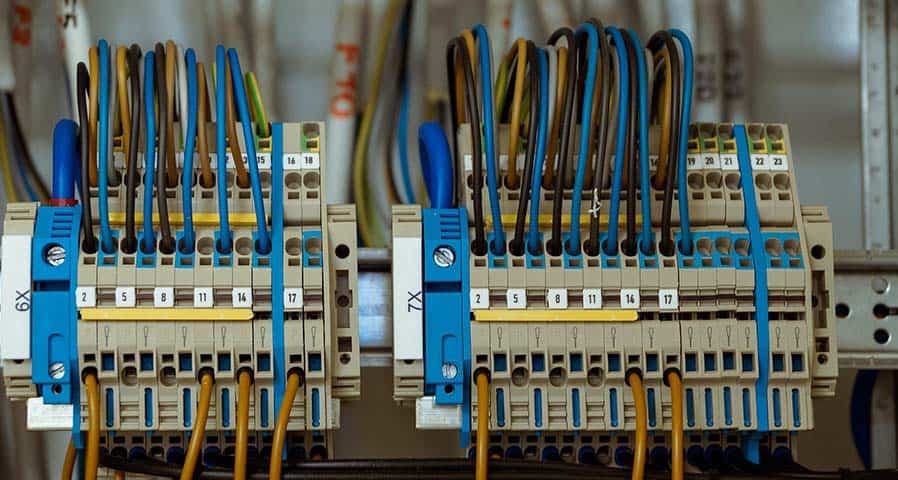
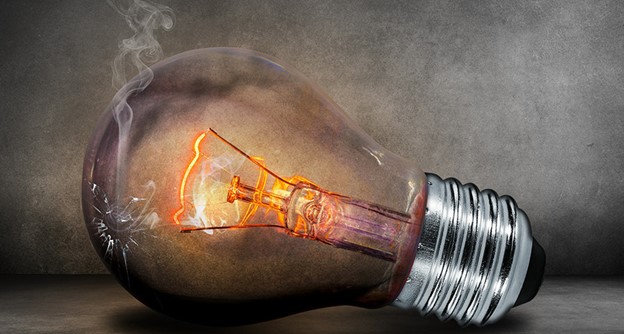


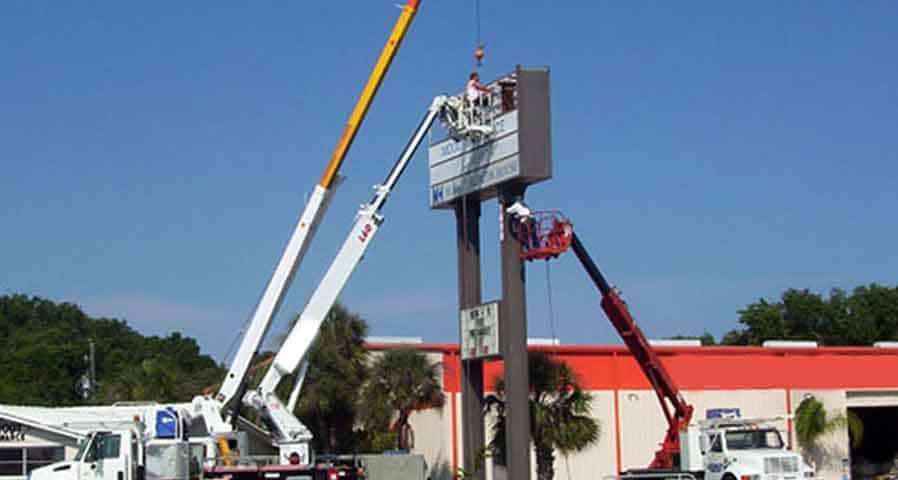

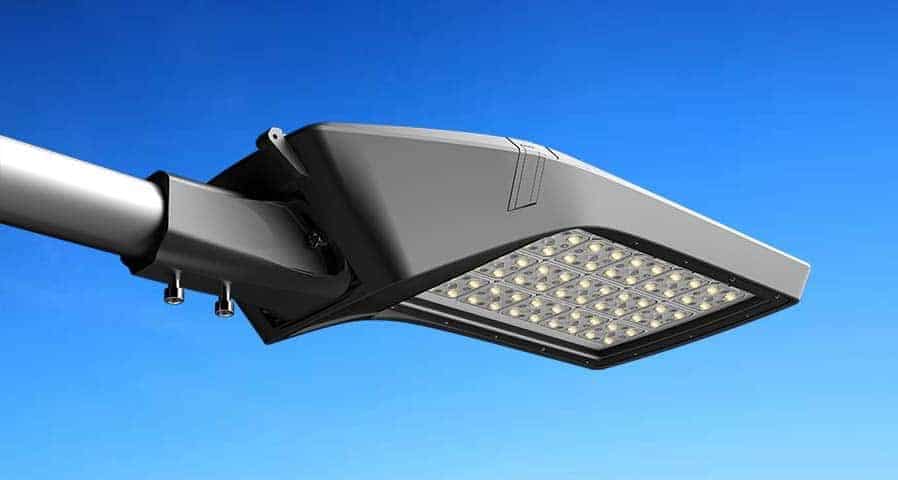
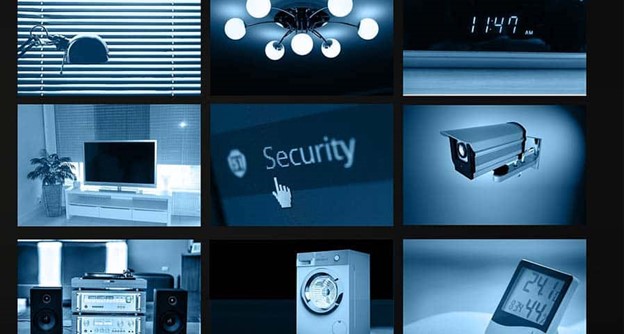

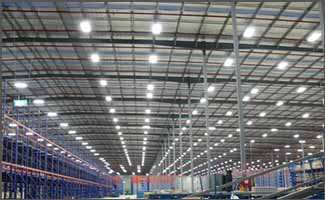
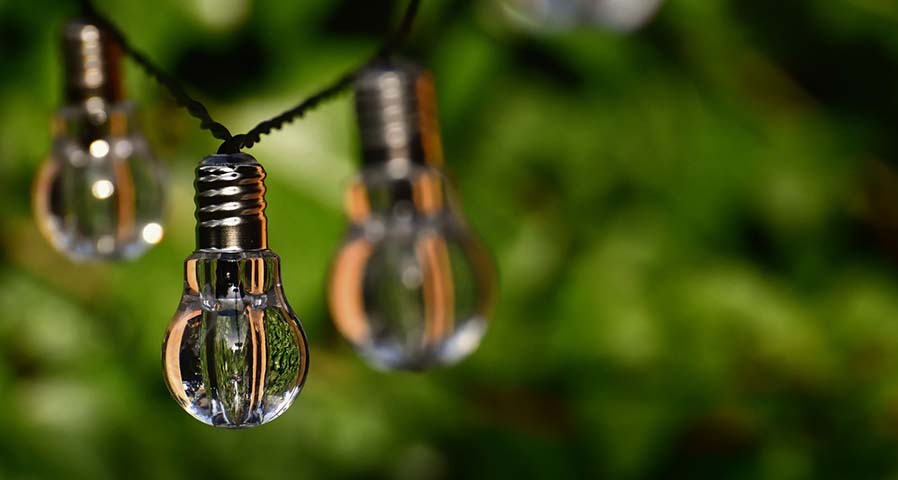








0 Comments